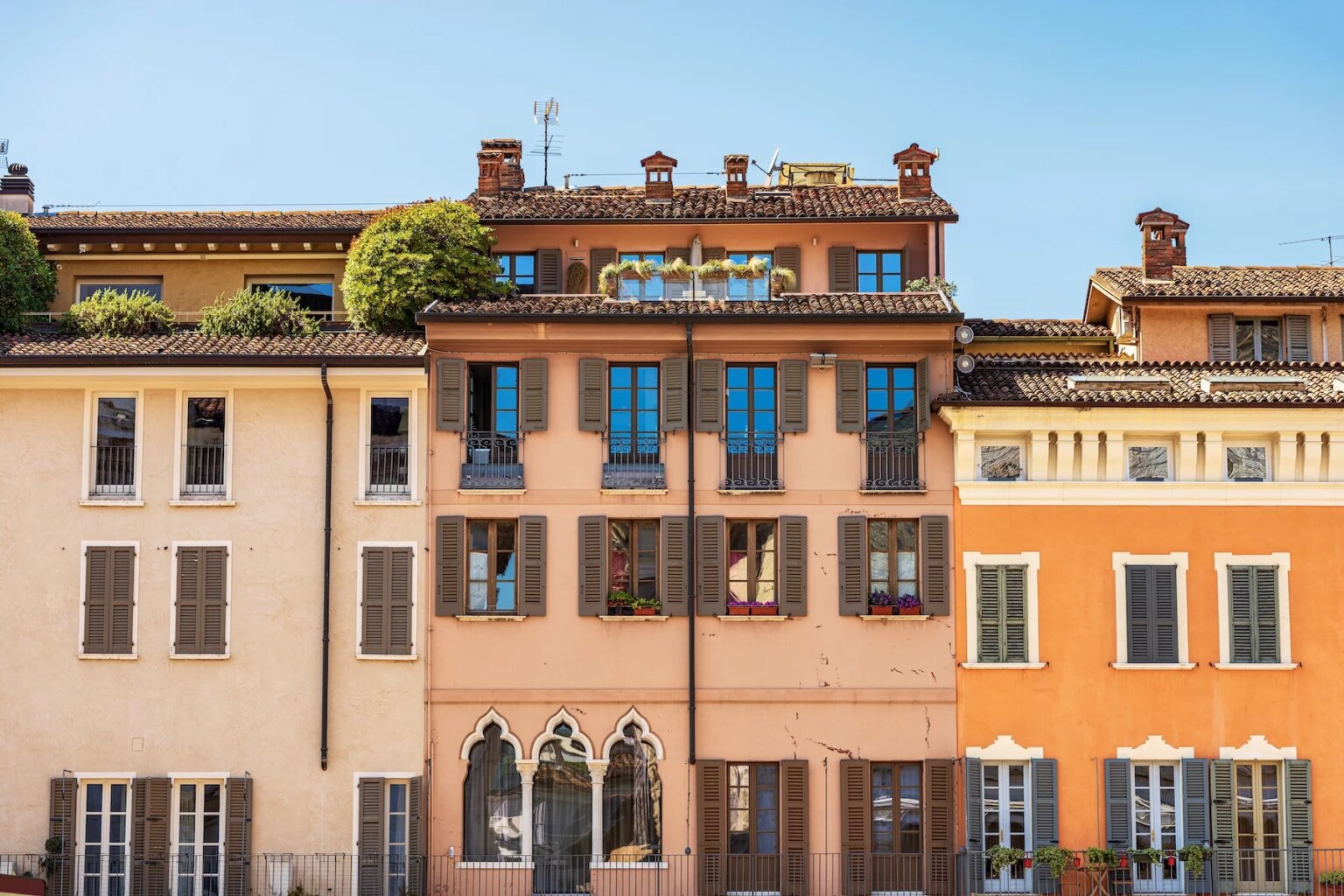Renting is one of the first steps that expats moving to Italy will need to take, given that they will need a registered address in order to arrange everything from setting up their utilities to registering for healthcare.
Fortunately, both short- and long-term rentals are available throughout the country, and tenants’ rights are strongly protected by law. That said, due to the popularity of the rental market, deposits are generally high, and properties can disappear in the blink of an eye in larger cities.
Learn more about the basics of renting a property in Italy by reading the following:
- Renting in Italy
- Popular places to rent in Italy
- Buying vs renting in Italy
- Types of Italian rental properties
- Finding an Italian place to rent
- Student housing in Italy
- How to rent an Italian property
- Rental costs in Italy
- Italian tenancy contracts
- Italian utilities and telecommunications
- Moving in and moving out
- Renting out your home in Italy
- Tips for renters
- Useful resources
Spotahome
Looking for somewhere to rent in Italy? Spotahome takes the hassle out of house-hunting by doing the hard work for you. Their online platform lets you find, view, and book rental properties all from the comfort of your own home. Take the stress out of house-hunting in Italy with Spotahome.
Renting in Italy
Italy has a strong culture of home ownership. In fact, around 75% of residents own their own property while the remaining 25% rent. The good news for renters is that prices have increased more slowly in Italy than in many European Union (EU) countries. In fact, Eurostat shows that rental costs in Italy have grown only 7% since 2015, compared to 21% for Austria and 13% for the Netherlands.
Popular places to rent in Italy
Finding a suitable property to rent in Italy can be tricky, especially in the most popular cities. Research conducted by rental portal Idealista found that in 2022, almost a quarter of Italian properties were on the market for less than 24 hours before being rented. Therefore, time is of the essence when it comes to viewing and securing a property in the country.

Housing tends to disappear fastest in Genoa (Genova), where 41% of advertisements are removed within 24 hours. This is followed by Bologna (37%) and Turin (35%). However, just 7% of rentals in Naples (Napoli) were taken off the market within a day.
Renting in Rome
As you might expect, rental prices in Italy’s capital are higher than in most other cities and towns throughout the country. There are several types of property available to rent in Rome (Roma), with options catering to everyone from university students to expat families looking for a large suburban property.
If you have young children, you might want to consider looking at properties in the Seven Hills of Rome. Alternatively, Aventino – a short metro ride from the city center – has a large international community with many international schools.
A little further out, the leafy neighborhood of Monteverde is home to Rome’s largest public park; however, you will likely need a car to get there as the area is very steep. The peaceful community of Balduina to the northwest of the city center is also popular with those who prefer a quieter lifestyle.
Renting in Milan
Italy’s fashion capital is one of the most expensive places to rent a property, with slightly higher prices than in Rome. Property types in Milan (Milano) vary from expensive apartments, lofts, and penthouses in the city center, to villas and larger family homes in the suburbs.
Milan has nine zones, and the further you live from Zone 1 (the city center), the lower the prices. That said, one exception is Zone 4, which is home to Milan’s international embassies and some of its larger, pricier properties. Expat families searching for more living space may want to look outside the city at towns such as Monza, where you can easily commute to Milan within half an hour.
Buying vs renting in Italy
Although homeownership rates are very high in Italy, renting does have its benefits. For instance, it allows you to explore different areas before finding a place to settle down.
While house prices in Italy are lower than in some neighboring countries, historic cities such as Milan, Rome, and Venice (Venezia) come with high price tags. You can compare the latest property prices in Idealista’s monthly price report. If you are looking to buy a home in Italy, you will need to factor in additional costs, such as the registration tax (imposta di registro) and the estate agent, mortgage, and notary fees.
In terms of stability and security, Italy’s tenant rights are significantly stronger than in many European countries. For instance, tenants can benefit from long-term rental contracts, which are usually for three years or more. Moreover, landlords cannot increase the rent during the contract term, and the tenant eviction process is very complicated.
Types of Italian rental properties
Italy’s housing stock leans more towards older properties, especially within the major cities. While these buildings might be beautiful, they can come with various issues, such as poor insulation, outdated plumbing and wiring, and mold problems. Therefore, you should do your research very carefully before renting an apartment in an older building and make sure it was recently renovated.
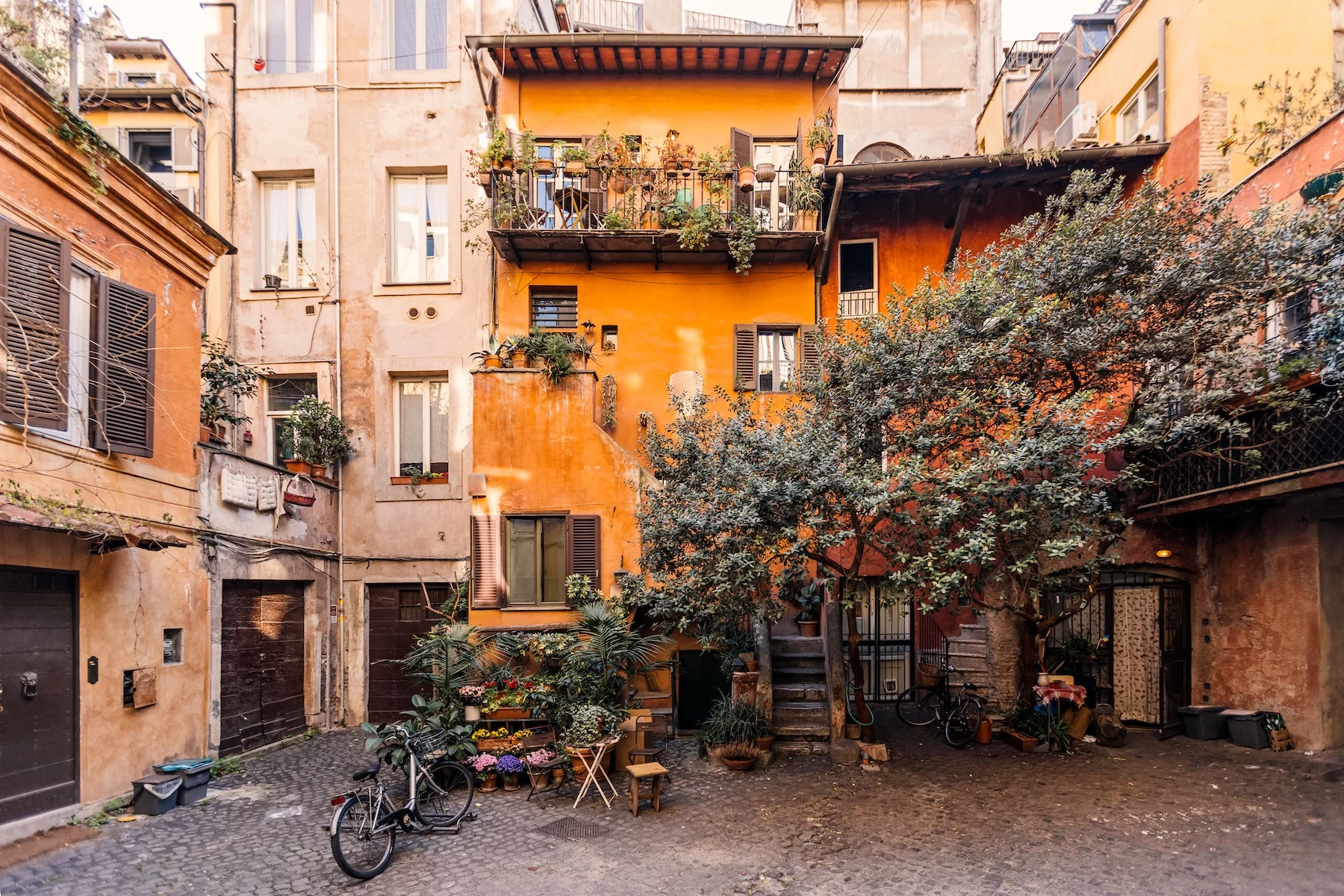
Apartments in Italy can be rented unfurnished, partially furnished, or fully furnished. Unfurnished properties are empty, meaning they don’t even come with appliances or light fixtures. Partially furnished properties, on the other hand, will include basic items, such as a toilet, oven, and washing machine. Meanwhile, fully furnished properties in Italy, which are most commonly available to students and working professionals, should be ready for immediate move-in.
It is important to be aware that some Italian estate agents calculate the number of rooms in a property differently from others. For instance, some will include kitchens, and some won’t. Rental agents generally use the following terms to refer to the size and number of rooms in Italian properties:
| Term | Definition |
| Locale | Room |
| Monolocale | Studio apartment |
| Bilocale | Two-room apartment (usually a bedroom and a living room) |
| Trilocale | Three-room apartment |
| Quadrilocale | Four-room apartment |
Finding an Italian place to rent
There are several ways to find a property to rent in Italy. Apartments are usually owned by private landlords who use letting agents to manage their properties. Agents charge fees to tenants, but a property let by a reputable agent offers peace of mind that the landlord has adhered to all of the laws and regulations.
Notably, online property portals such as Spotahome can be helpful as they aggregate listings from local estate agents in one place. They also provide an overview of the market in a specific area and allow you to find out how much it costs to live there; even before you relocate to Italy.
Some of the top property portals serving Italy are:
If you are looking to rent in a major Italian city, you might find some helpful tips on local expat Facebook groups or Reddit. These can be instrumental in helping you find an apartment or room from a private landlord rather than an estate agent. That said, you will need to be cautious and guard yourself against fraudsters and scams.
Certain sites also specialize in short-term rentals for a month or two. You may also be able to find somewhere suitable on a holiday rental website such as Airbnb.
Student housing in Italy
Italian universities usually provide dormitory accommodation for first-year students to live on or near campus at a subsidized rate. They may also offer alternative options, such as studio apartments. Student housing contracts usually last up to 11 months and close briefly over the summer.
After living in dormitories, students usually move on to shared housing, where they will each rent a room and share kitchens and bathrooms with other students. When searching for accommodation, students should consider factors such as how close properties are to the university, the size of the property, and whether utilities or internet are included in the price.
How to rent an Italian property
If you are interested in a property, you should get in touch with the agent to arrange a viewing. You should specify what you are looking for and view the property’s floor plan (if it is available) before requesting a viewing. It is also important to check that the unit has a valid energy performance certificate (Attestato di Prestazione Energetica – APE) and electrical safety documentation (impianto elettrico a norma e recente). In Italy, energy performance is ranked from A to G, with A being the most efficient and G being the least.
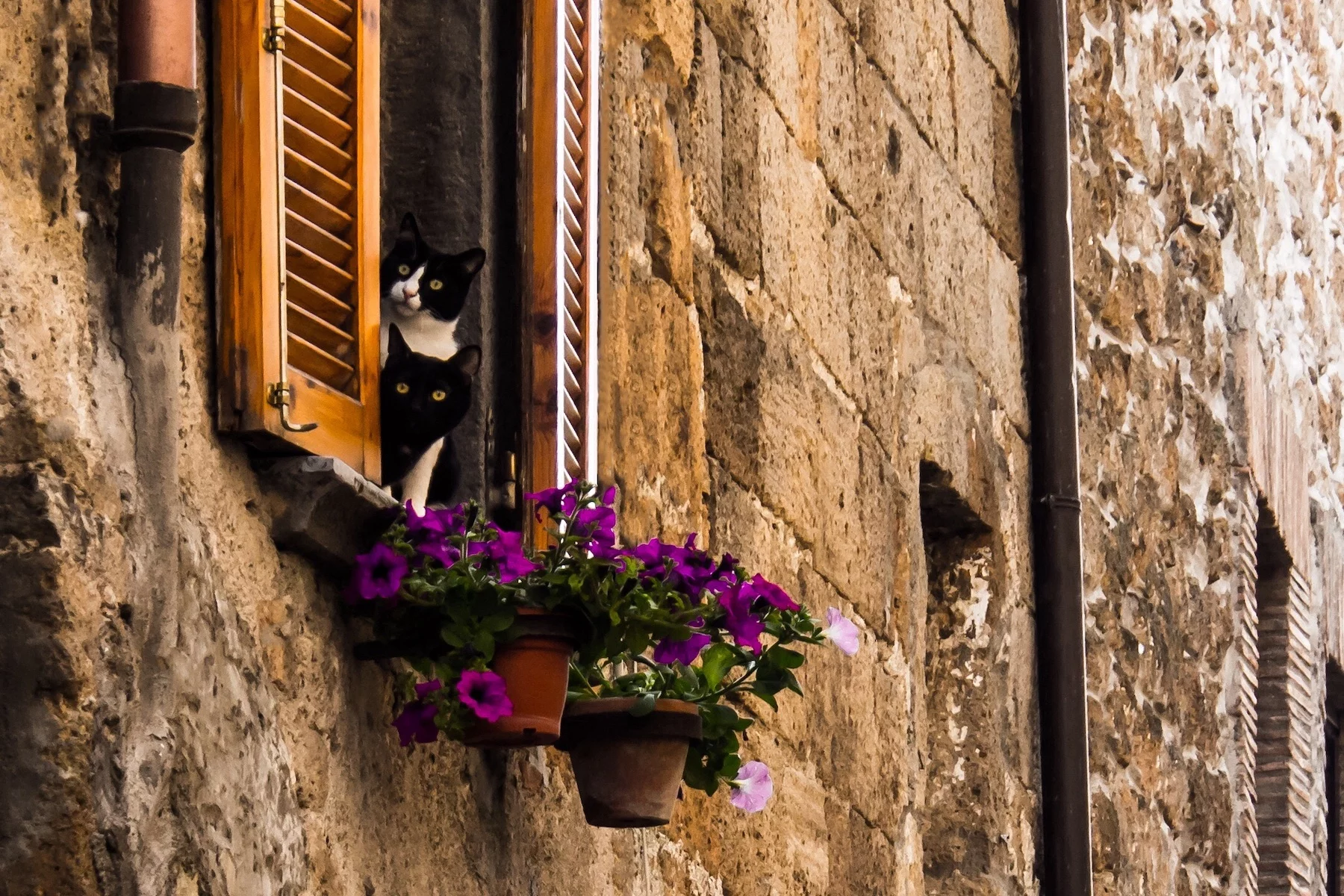
Naturally, it is important to view properties in person, as photos can be misleading. Meeting the landlord can also be helpful if you are intending to sign a long-term contract or compete against other applicants in a popular area. Moreover, be aware that if the person advertising the property is hesitant to let you view it, then you might have stumbled upon a scam and should avoid it at all costs.
Fortunately for animal lovers, landlords in Italy are more open to pet owners than in other countries. While contracts may have a “no pets” clause by default, it is still worth discussing this with the landlord to see if they are willing to negotiate.
Documents needed
Once you have found the perfect place to live, you will need to provide the following documents before signing the contract:
- Proof of identification for all occupants (e.g., a passport or ID card)
- Social security number (codice fiscale) for each occupant
- Two to three months of pay slips or your latest tax return if you are self-employed
Notably, EU citizens don’t technically need to have a job in Italy in order to rent a home there. That said, most landlords usually require proof of income to ensure that you can afford the monthly rent. Non-EU nationals, however, must show proof of their legal residence in Italy, which is usually a work visa.
Rental costs in Italy
Monthly rent
Monthly rent in Italy can range from as low as €300 to over €1,500. Of course, how much you spend will depend on the type of property you are renting and the location. For example, according to Idealista, Forte dei Marmi (€4,588), Pietrasanta (€3,307), and Riccione (€2,766) were the most expensive places to rent in Italy in 2022.
Thankfully, it is possible to negotiate rental prices in Italy, and if you are communicating directly with a landlord, you may wish to ask the letting agent or an Italian friend to help with this. Just be aware that some landlords may be less likely to give discounts to expats due to the assumption that they have bigger budgets.
In almost all cases, it is against the law for the landlord to increase your rent during the contract term. The only exception is through a yearly revision clause (adeguamento annuale) in the tenancy agreement. If this is present, it allows the landlord to increase the rent once a year based on the cost of living data provided by the Italian National Institute of Statistics (Istituto nazionale di statistica).
Rental deposits
Italian security deposits can be high, with most landlords requiring two to three months of rent as a down payment. However, this isn’t set by law, so you may be able to negotiate the amount down to a month or two.
Agency/administration fees
If you rent a property in Italy through an estate agent, you will usually need to pay a month’s rent, plus 22% tax as a finders fee.
Other costs
If you are renting an apartment in a block (condominio), you will be required to pay a service charge (spese condominiali) to cover the upkeep of the building’s common areas.
Italian tenancy contracts
The type of rental contract you will have will depend on whether you are taking on a long- or short-term let. Long-term contracts generally offer two length options: 3+2 or 4+4. With a 3+2 contract, you rent the property for three years with the option to extend for two more. A 4+4 contract works the same, just with longer timeframes. Short-term tenancy, on the other hand, usually lasts between one and 18 months. Notably, rental contracts of less than one month don’t need to be registered.
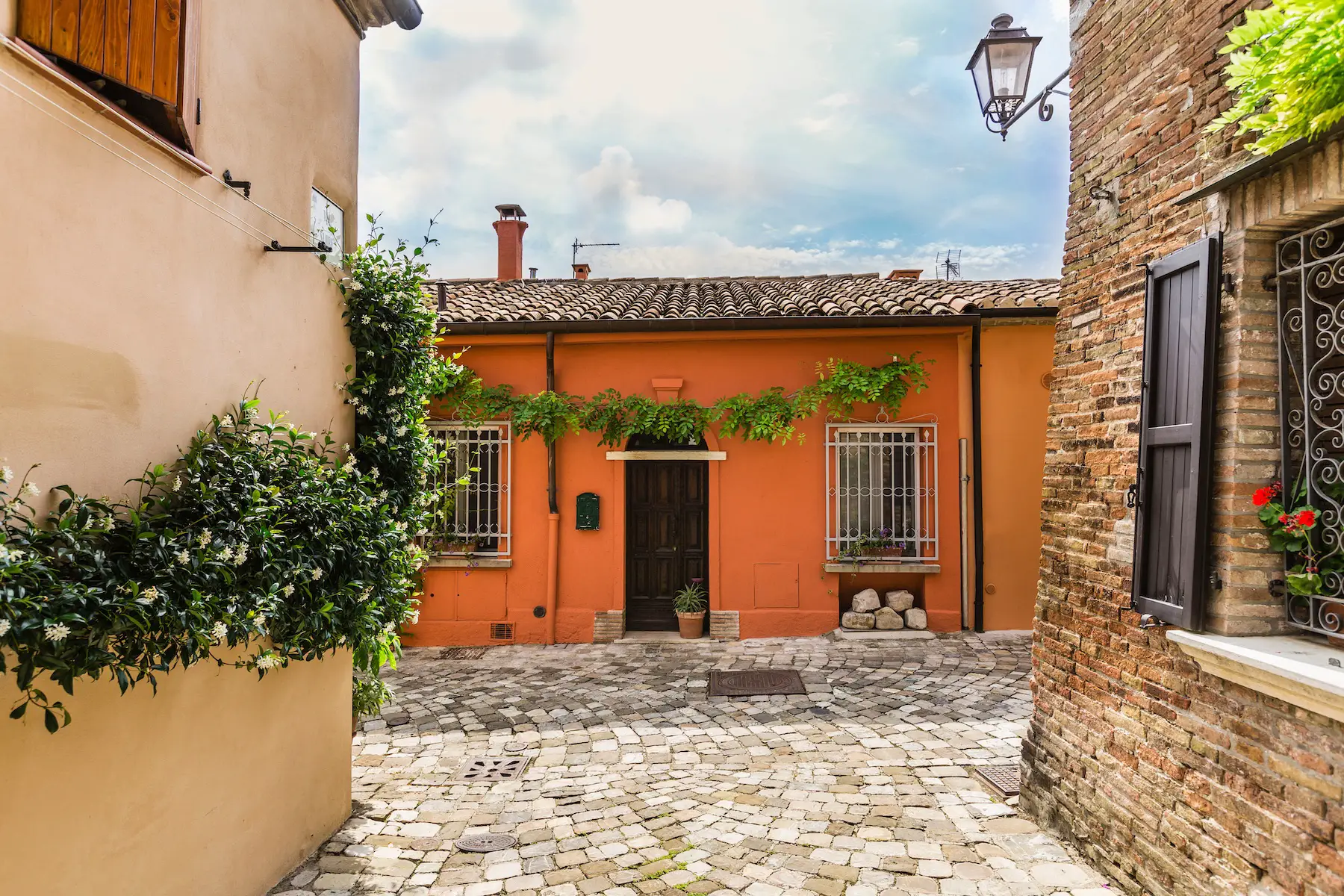
Generally speaking, the landlord or estate agent has to register your contract with the local municipality within 30 days of you signing it. At this point, the agreement is official and you will receive a legally-stamped copy. You will need this if you apply for residency or for more minor things like parking permits.
You can usually give notice three months before the planned end date of the contract. Before signing a contract, make sure to check the terms and try to negotiate if you are unhappy with things such as notice periods or deposit terms.
Rent payments are usually made by monthly bank transfer, and rarely, via an online payment portal.
Italian utilities and telecommunications
Monthly rent usually includes utility bills and taxes. However, you will need to set up the utilities yourself as soon as you have signed your tenancy agreement. If the property is already connected to water and electricity, you can transfer this into your name through a process called voltura. However, if no services are present, you will need to contact the utility companies before you move in to set them up.
Waste collection fees in Italy can be high, and this is usually the tenant’s responsibility. Generally speaking, the landlord isn’t responsible for any day-to-day costs. They are only accountable for major expenses such as damage to the building.
Moving in and moving out
Once you have signed your tenancy agreement, you will be able to move in on the date agreed. Unfortunately, while you might expect a spotless property, the reality won’t always live up to this. Therefore, be prepared to thoroughly clean the place shortly after moving in.
If you are moving into a partially furnished or furnished property, it is common for the landlord to have an inventory (inventario) undertaken. This report lists everything included in the property (from sofas to spoons) and their condition. The inspection will be conducted by a registered inventory clerk and you should be present for it. You and your landlord will both need to sign the report.
When you are ready to move out of a rental, you will need to provide notice based on the contract terms. Your deposit should be returned within two months of the agreed move-out date, minus any documented deductions; for example, if you have damaged the property.
Notably, if you want to move out before the end of the contract, you can only do so with a legitimate reason. In such instances, you will need to provide a disdetta. This is a letter giving six months’ notice of your intention to move out.
Renting out your home in Italy
If you wish to rent out a home in Italy, there are some responsibilities you will need to adhere to as a landlord. Before listing a property, you will need to provide identity documents, a building floor plan, an energy performance certificate, and proof that you own the property.
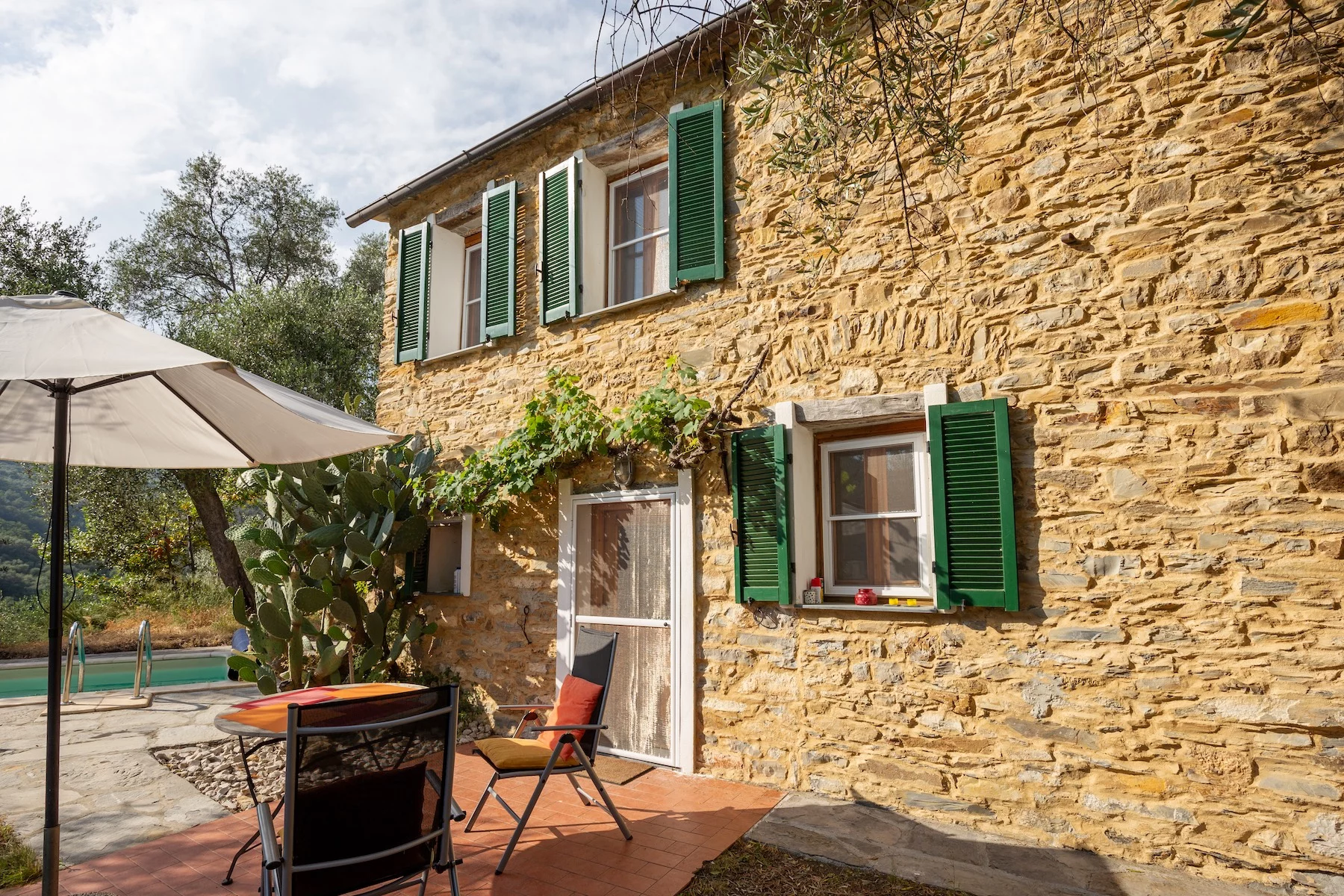
Rent is taxable income, and charged at standard income tax rates (on a sliding scale). If you choose this method, you can deduct a flat rate of 5% for expenses incurred by letting the property. Notably, the cedolare secca regime is an alternative tax regime that allows you to pay tax at a flat rate of 21% on your gross rental income, with no deductions.
Before letting a property, you should ensure that you have sufficient homeowners insurance in case of property damage due to fire or flood. Tenants are responsible for insuring their own belongings.
Tips for renters
Renting in Italy can be complicated, so it is important to research and figure everything out. To give you the best chance of finding a suitable property and avoiding scams, here are some helpful tips to follow:
- If a deal looks too good to be true, it might not be genuine; never pay a landlord before viewing a property or signing a contract
- Confirm that the landlord has the right to let the property before signing a contract
- Make sure the contract is clear about fees, notice periods, and return of the deposit
- Ensure the property has the required energy and safety certificates
- Check meter readers for gas, electricity, and water when you move in
Useful resources
- Idealista – a report on the latest rent prices across Italy, which is updated monthly
- SUNIA – a private tenants’ rights association for those renting in Italy
- Voltura luce – a detailed guide on how to transfer the electricity to your name upon moving in
